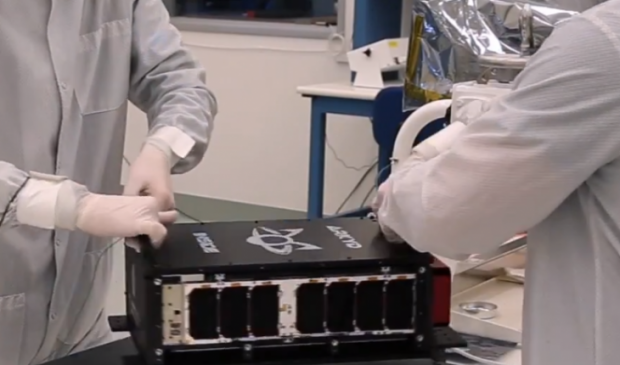
Breaking News
 Trump pardons Mets legend, 'Celebrity Apprentice' alum Darryl Strawberry over tax evasion co
Trump pardons Mets legend, 'Celebrity Apprentice' alum Darryl Strawberry over tax evasion co
 You WON'T BELIEVE How Much Money We're REALLY Sending To Israel!
You WON'T BELIEVE How Much Money We're REALLY Sending To Israel!
 China CANCELS U.S. Soybean Order?! Joel Salatin
China CANCELS U.S. Soybean Order?! Joel Salatin
 Ep 38 Jonathan Haidt: on The Anxious Generation: Childhood in Social Media Age & Fragile College ...
Ep 38 Jonathan Haidt: on The Anxious Generation: Childhood in Social Media Age & Fragile College ...
Top Tech News
 HUGE 32kWh LiFePO4 DIY Battery w/ 628Ah Cells! 90 Minute Build
HUGE 32kWh LiFePO4 DIY Battery w/ 628Ah Cells! 90 Minute Build
 What Has Bitcoin Become 17 Years After Satoshi Nakamoto Published The Whitepaper?
What Has Bitcoin Become 17 Years After Satoshi Nakamoto Published The Whitepaper?
 Japan just injected artificial blood into a human. No blood type needed. No refrigeration.
Japan just injected artificial blood into a human. No blood type needed. No refrigeration.
 The 6 Best LLM Tools To Run Models Locally
The 6 Best LLM Tools To Run Models Locally
 Testing My First Sodium-Ion Solar Battery
Testing My First Sodium-Ion Solar Battery
 A man once paralyzed from the waist down now stands on his own, not with machines or wires,...
A man once paralyzed from the waist down now stands on his own, not with machines or wires,...
 Review: Thumb-sized thermal camera turns your phone into a smart tool
Review: Thumb-sized thermal camera turns your phone into a smart tool
 Army To Bring Nuclear Microreactors To Its Bases By 2028
Army To Bring Nuclear Microreactors To Its Bases By 2028
 Nissan Says It's On Track For Solid-State Batteries That Double EV Range By 2028
Nissan Says It's On Track For Solid-State Batteries That Double EV Range By 2028
Planetary Resources delivers Arkyd 6 asteroid mining technology demo for launch Dec 2017

It was moved like rollon luggage into a regular car and driven to where it will be prepped for launch.
The Arkyd 6 was built in compliance with the 6U CubeSat standard. It includes the core technology that will be used in the company's asteroid exploration program including a mid-wave infrared sensor, second-generation avionics, power systems, communications, and attitude determination and control systems.
The A6 instrument is a broadband imager spanning 3 to 5 microns within the infrared region of the electromagnetic spectrum. This region is sensitive to the presence of water – including that in hydrated minerals – and thermal energy, allowing it to be used as a tool to search for water on Earth and beyond. In support of our deep space exploration efforts, A6 is a part of Planetary Resources' research and development work to create an instrument capable of detecting water on near-Earth asteroids.
There are over 16,000 near-Earth asteroids that share a similar orbit to Earth. Asteroids contain the resources that make it possible to fuel and sustain life in space.

 Carbon based computers that run on iron
Carbon based computers that run on iron

